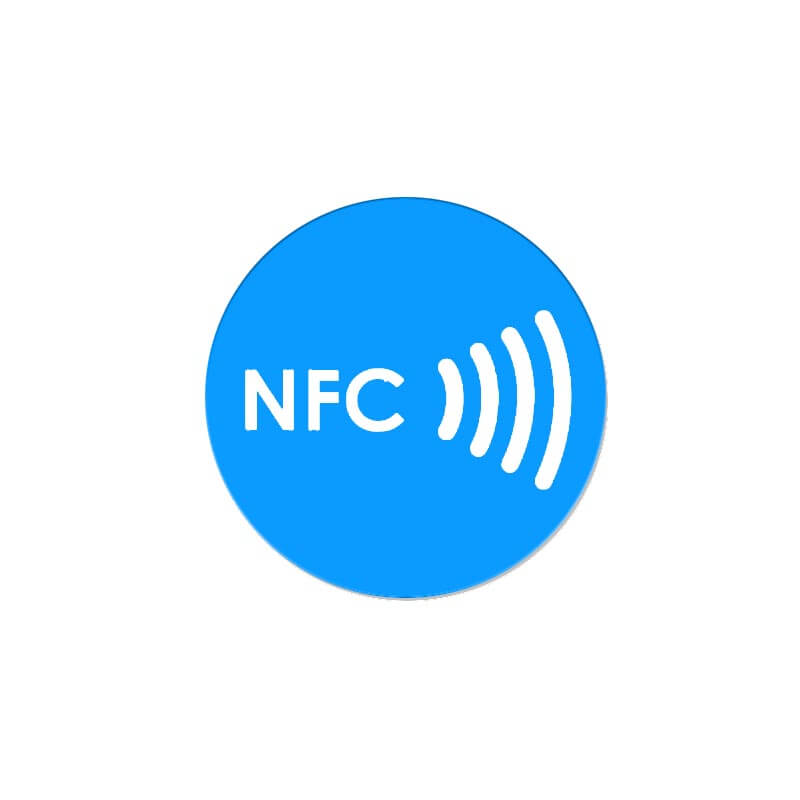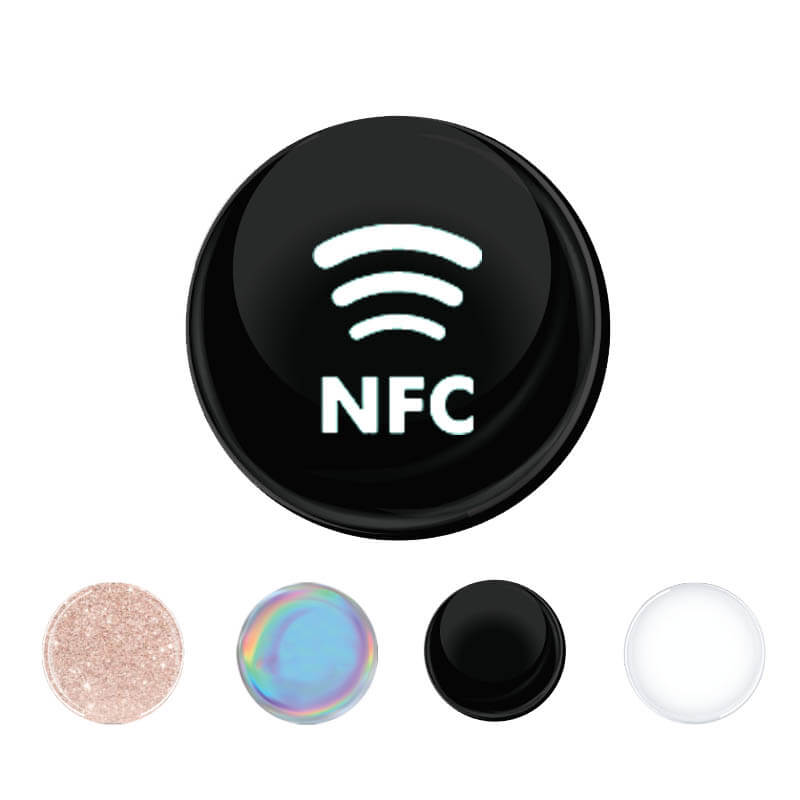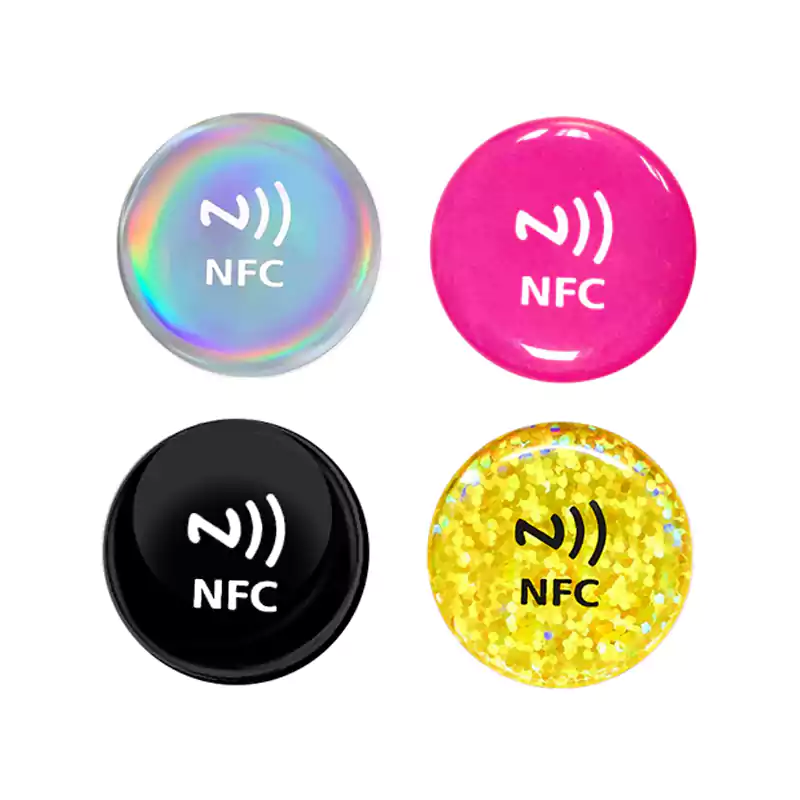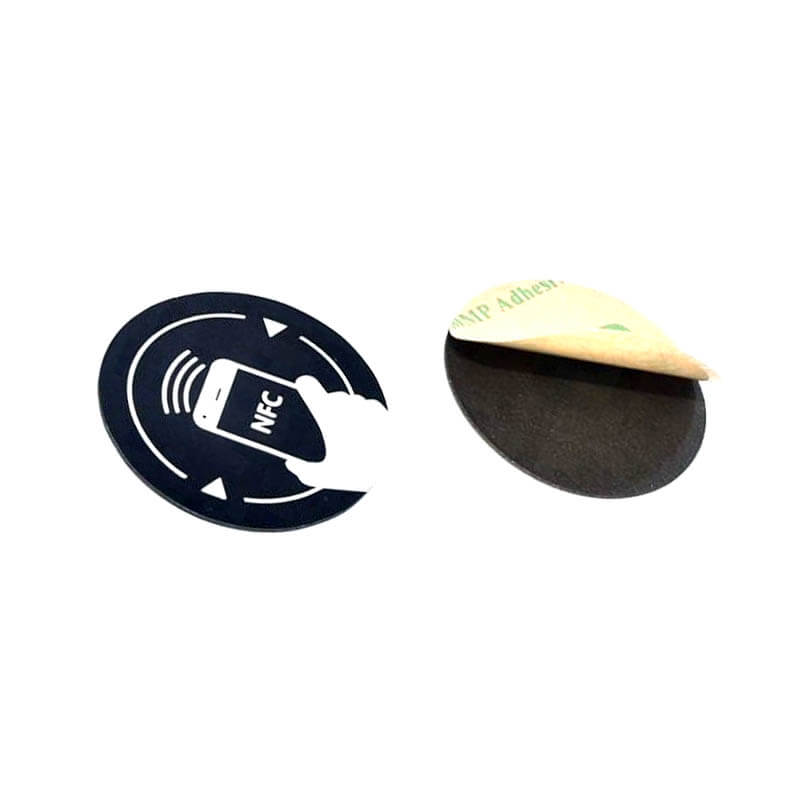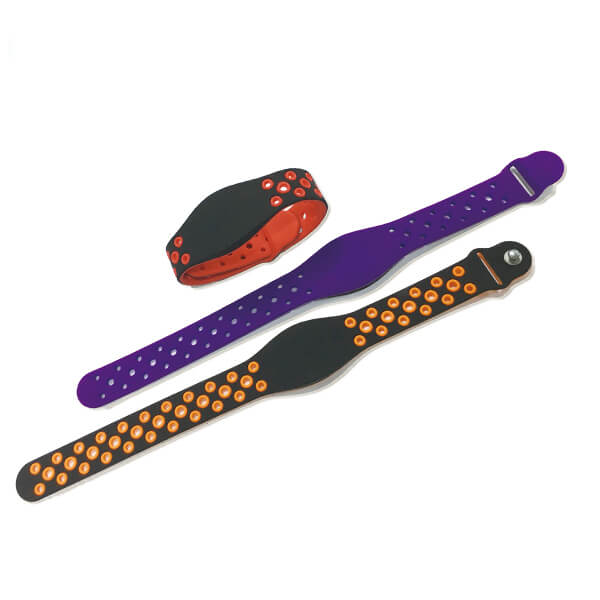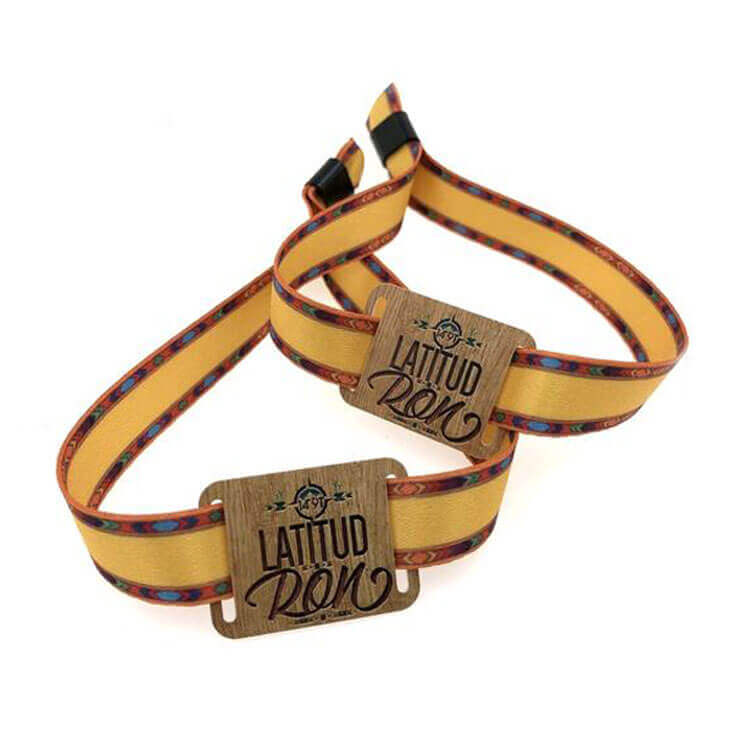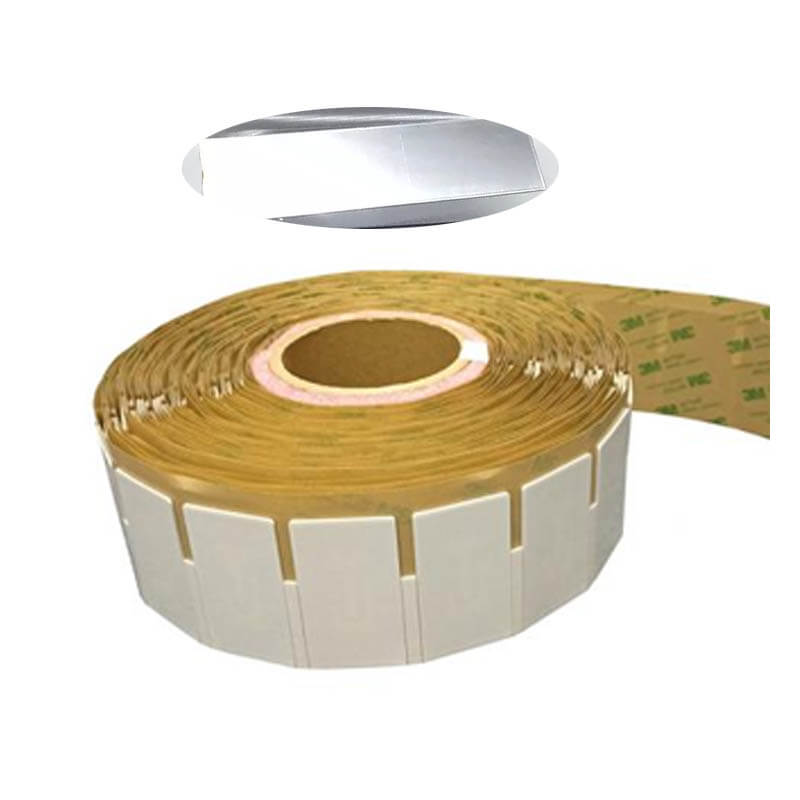RFID vehicle tracking system automates vehicle identification, making it easy to manage parking areas and control access to buildings, among many other uses.
You’ll be required to attach RFID tags to any part of your vehicle, provided there are no obstructions that can prevent the RFID reader from capturing the data. The tags contain information such as the vehicle’s registration number, the driver’s details, and other relevant details.
Once the RFID reader scans the tag, it will send the data to an RFID software for analysis. It will then execute a specific command that may range from allowing access, deducting fee toll, or providing the vehicle’s details.
Applications of Vehicle RFID Tags
There are three main uses of RFID tags in vehicles. They include:
- Access Control
Most buildings use RFID technology to monitor visitors entering and leaving their premises. RFID access control tags come in different forms.
For example, you can have a smart RFID card linked to your bank account. Such a card allows you to access parking lots and pay a toll fee. The parking fee is deducted directly from your account, and details are authenticated in seconds!
Other RFID tags for access control come as stickers attached to parts of the vehicle, key fobs, wristbands, or any other customized tag.
The RFID vehicle management system is ideal since it keeps unauthorized vehicles from accessing parking lots, car washes, shopping malls, apartments, and other high-security areas.
- Vehicle Identification
RFID tags are used to identify vehicles based on unique features such as ID, date of purchase, last service date, and any other parameter you may deem fit.
These forms of RFID tags are handy in car wash facilities and car dealerships. For example, when selling many types of cars, it would be difficult to grasp all the details about specific vehicles. With an RFID tag attached to each vehicle, you’ll get the details of the vehicle as soon you scan the tag!
Additionally, RFID tags are used in tolling centers. Car owners are required to pay tolls using RFID-enabled cards. These cards are linked to a bank account, thus quickening the toll payment process and allowing a free traffic flow.
- Vehicle Tracking
While RFID readers have a limited read range, it is possible to track any vehicle if you have several checkpoints along the route. You can pinpoint the time that the truck was at a given location and estimate its current location.
This RFID application is mainly useful in tracking long-distance trucks. RFID tracking is used in weigh stations along different routes. When a truck passes a given station, the time stamp will help the owner estimate their current location based on the truck’s speed.
However, RFID trucking is not ideal if you want real-time vehicle tracking. In such a case, you may have to invest in GPRS tags.
How to Use RFID Vehicle Tracking Effectively
If you want to get optimum benefits from your RFID vehicle tracking management system, you should ensure that you stick your RFID tag on your vehicle.
Some of the areas to stick the tags include license plates, windshields, and side-view mirrors. Here is a comprehensive guide on how to use RFID tags to track vehicles:
You can mount these tags either on the inside or the outside of your vehicle. The RFID windshield tags have the unique ability to stick to your vehicle’s windshield. However, sticking the RFID inlays in a location where they interact directly with UV light will reduce their life span.
The tags can either have a permanent or semi-permanent adhesive. If you want to use the RFID sticker for a few events (such as weddings & graduation ceremonies), you should choose the semi-permanent one. You will then destroy the tag upon removal.
On the other hand, permanent RFID windshield tags are ideal when you’re using the tag for a relatively long time. Such tags are used for digital driving licenses and long-term parking tickets.
The tags are customized to work optimally in the glass environment. Most of them have a read range of approximately 20 feet.
Additionally, the windshield RFID tags have security features to ensure that they are not transferred to another vehicle. These features include chip detachment deter, security slits, and destructible materials.
These vehicle RFID tags are placed on the rearview mirror. Just like the windshield RFID tags, the rearview mirror tags have been optimized to work on glass surfaces. They have a read range of approximately 20 feet.
The tags have unique applications in areas such as vehicle identification, access control, and vehicle tracking. The rearview mirror RFID tags are ideal for short-term events. You’ll be able to remove them and reintroduce them whenever you need them.
- Side View Mirror RFID Tags
These tags are ideal for individuals who value their privacy. The tags are used on the side-view mirror, which is primarily inconspicuous. You can place the RFID tag underneath the side view mirror to keep it hidden, thus guaranteeing privacy without compromising its efficacy.
Even better, you can customize the RFID inlay to match the color of your vehicle. This flood coat printing technique will allow you to get the tag in your ideal color, making the tag inconspicuous. These tags can either be temporary or permanent, depending on your needs.
- License Plate RFID Tags
These RFID tags are used for long-range purposes since they have a read range of up to 50 feet. When you buy your license plate RFID tag, you will mount it on the rear license plate. As such, the RFID reader scans these tags when the car is moving away.
Since the tags are outside of the vehicle, they are more susceptible to damage, and you may be required to replace them regularly.
These are RFID inlays that are attached to the vehicle’s headlights. If you’re to get optimal performance, you should always ensure that the tag you buy is not sensitive to light. They must also be clear so that they won’t reduce the efficacy of your headlights. Like with side view mirror tags, these tags offer privacy.


